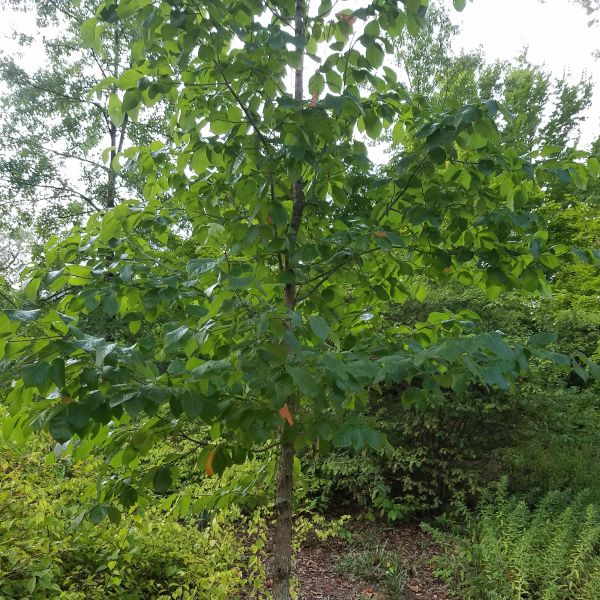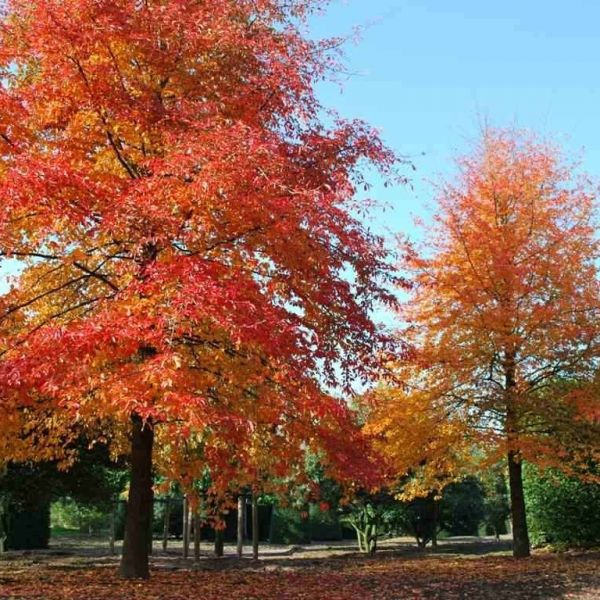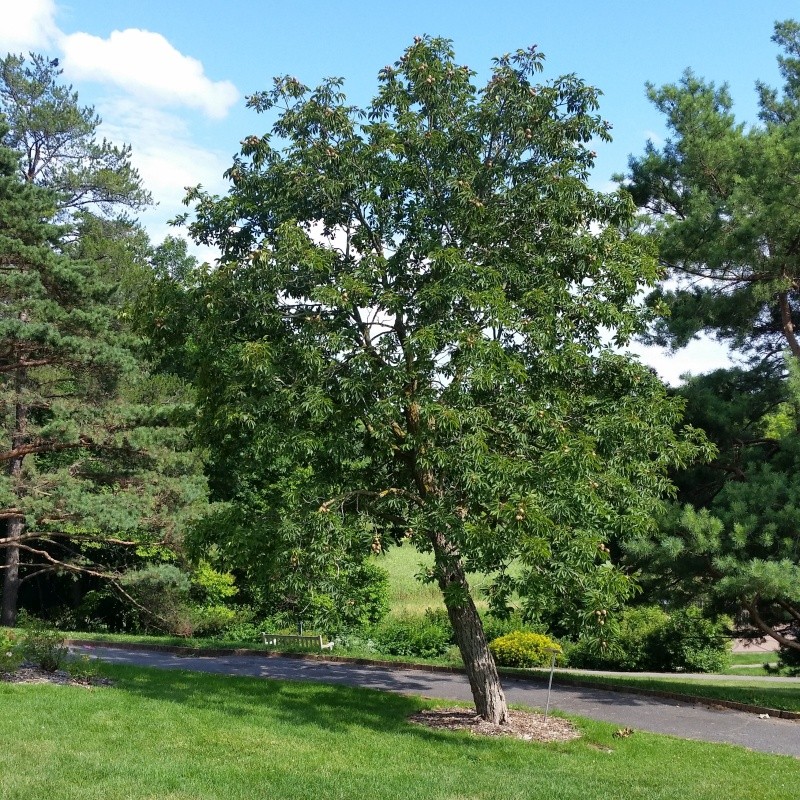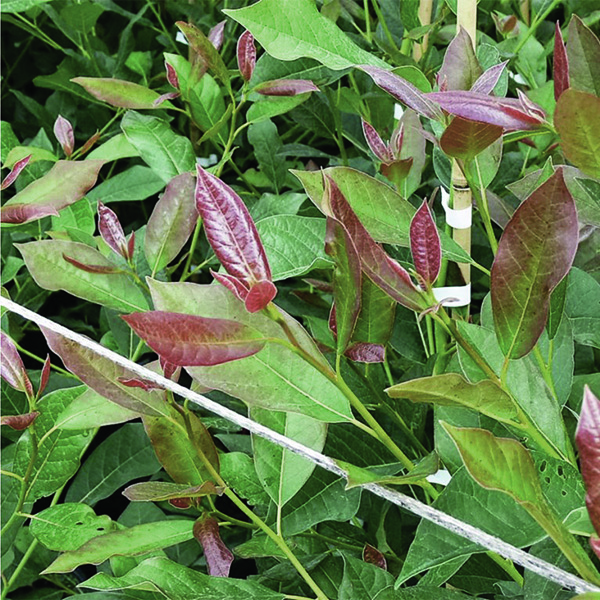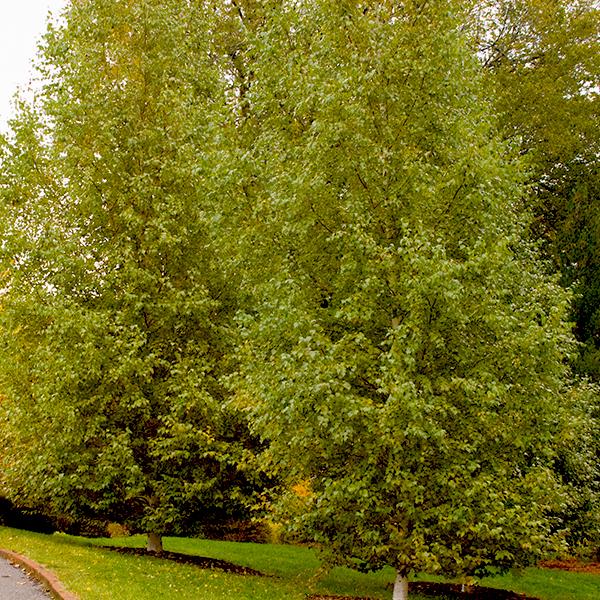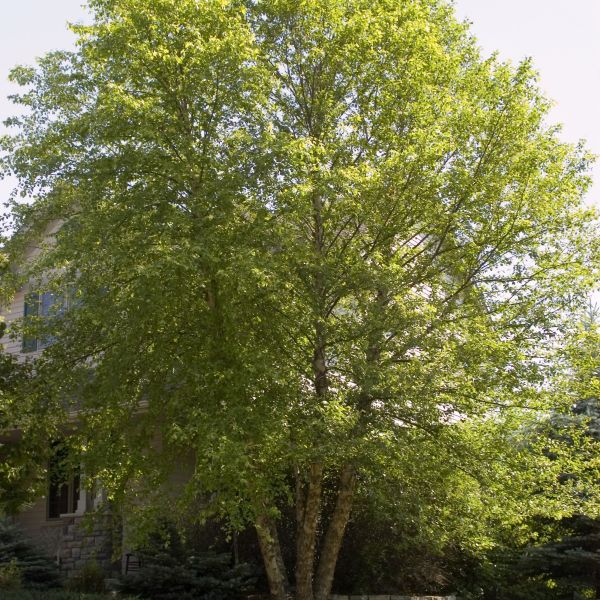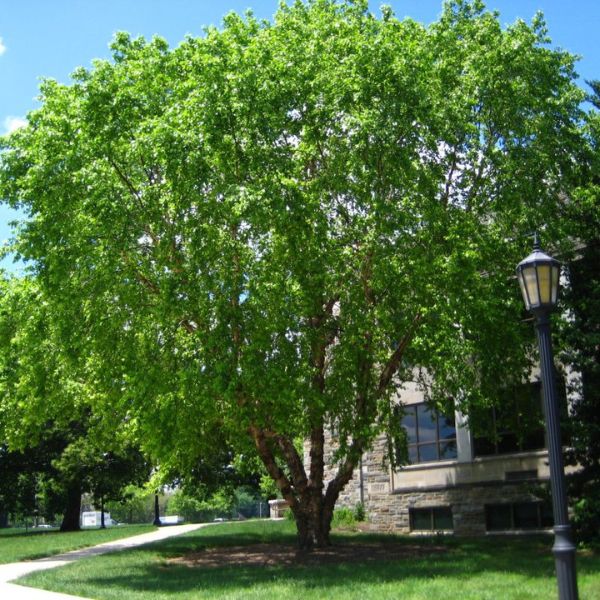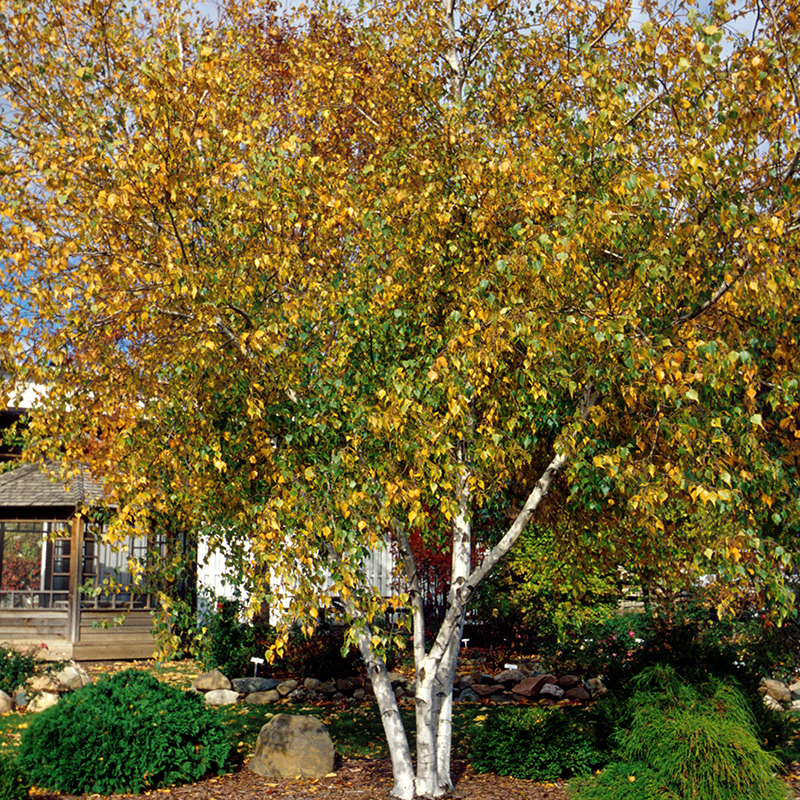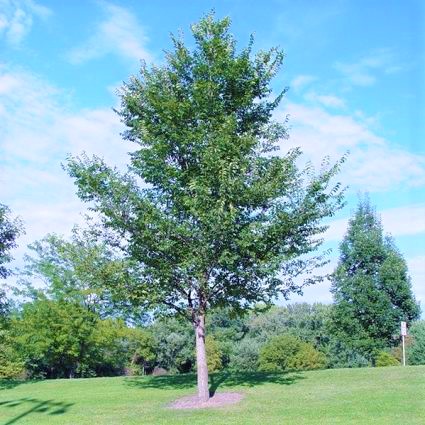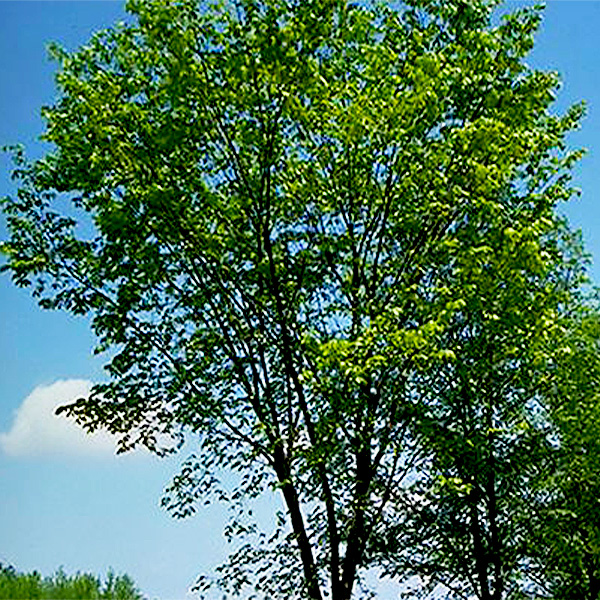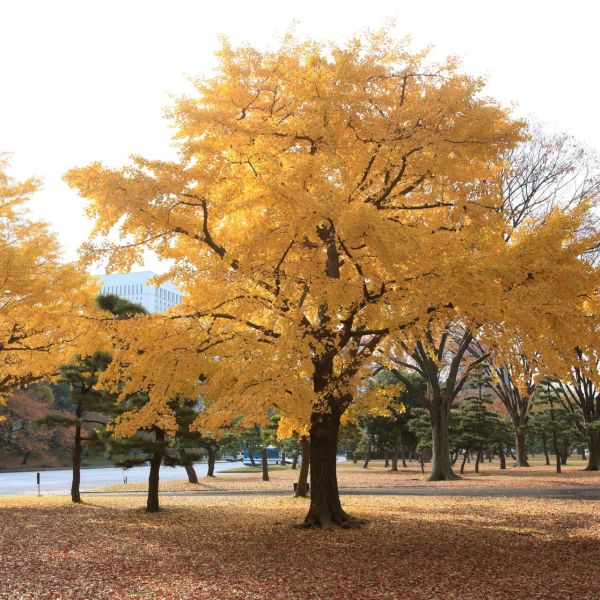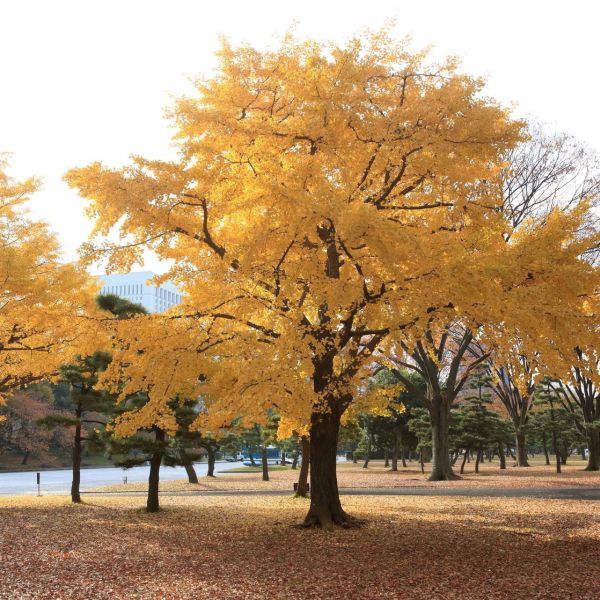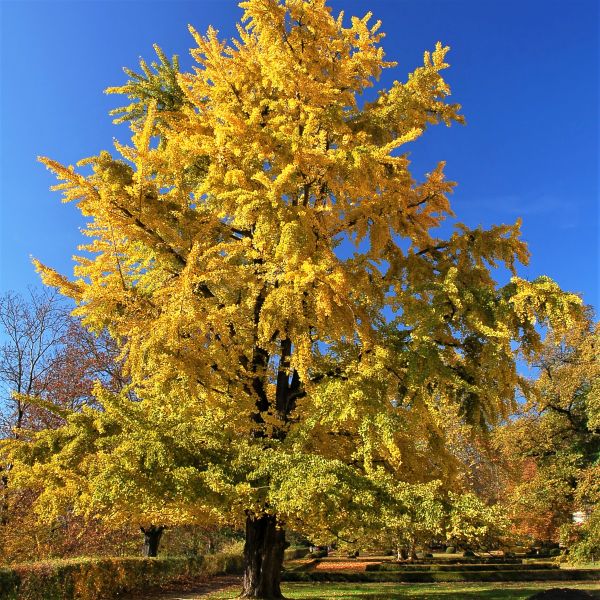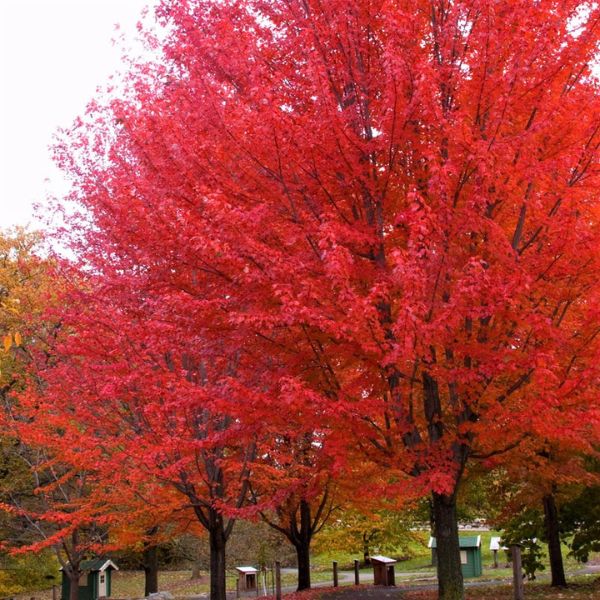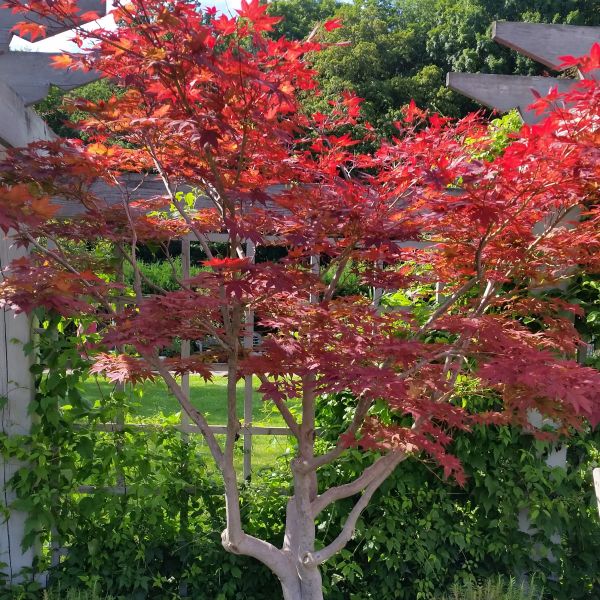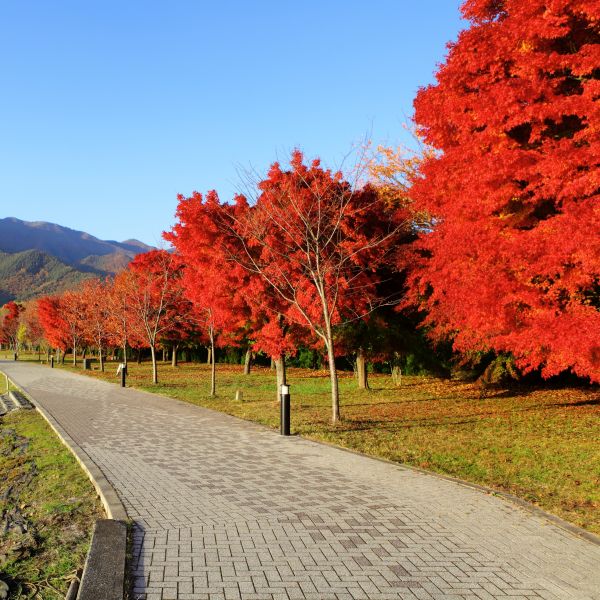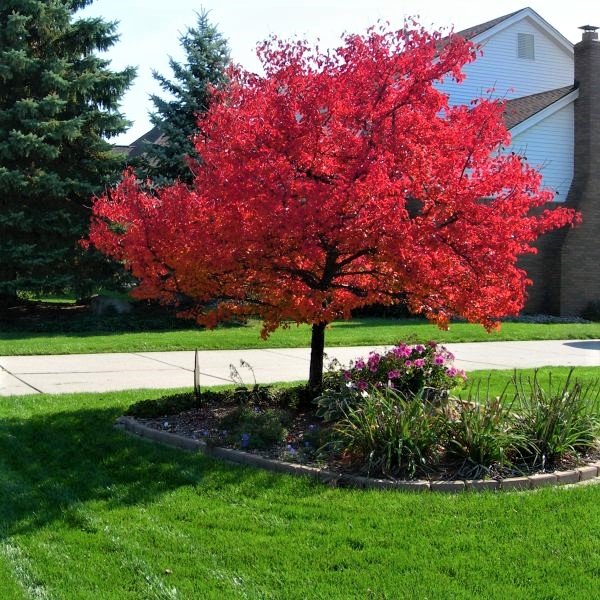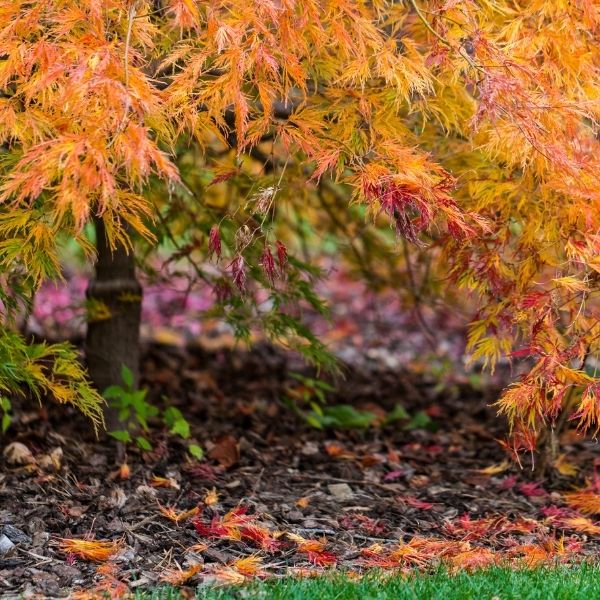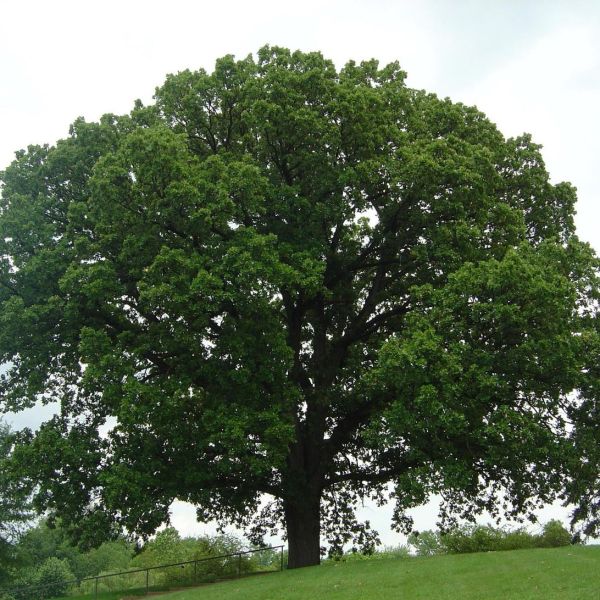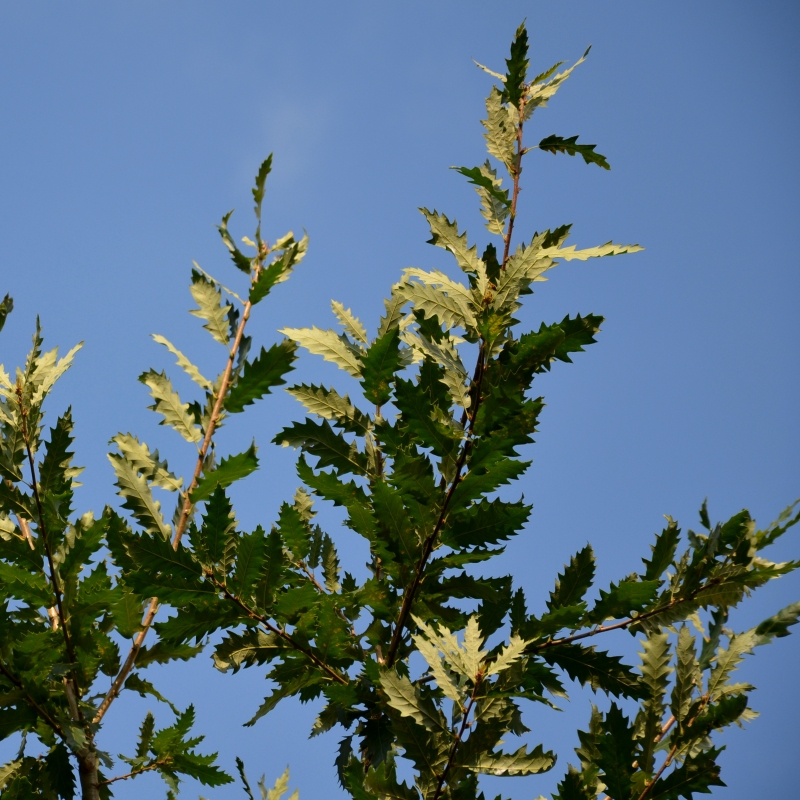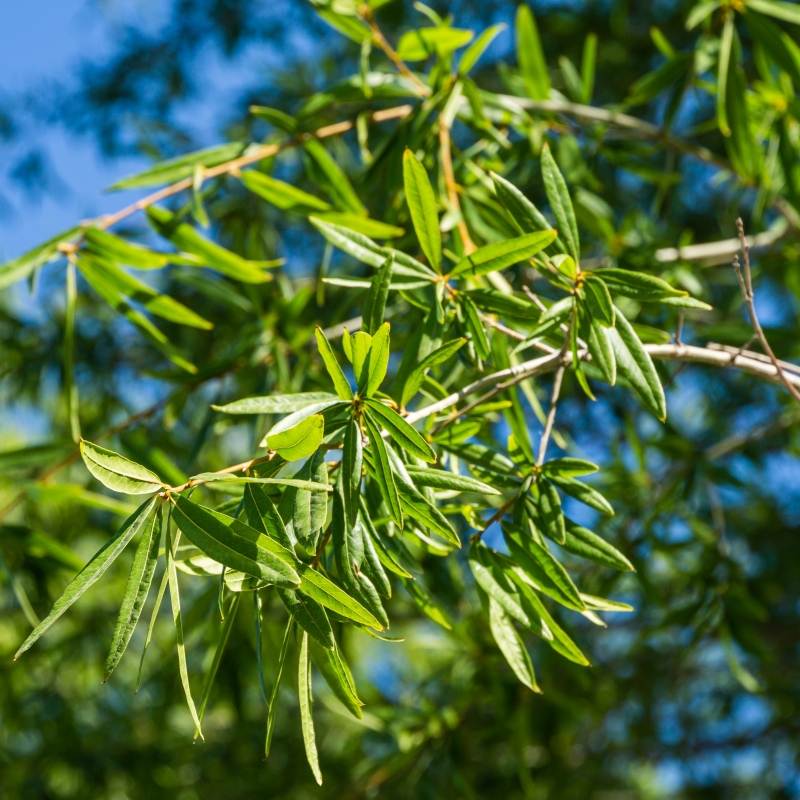Black Gum Tree
Nyssa sylvatica
11 reviews
Black Gum Tree
Nyssa sylvatica
11 reviews
- Beautiful fall foliage with shades of red, orange, and purple
- Tolerant of wet soil conditions
- Attracts birds and other wildlife with its small, blue-black fruits
- Ships in 3 to 7 days
- Free Shipping Over $150
- Plant Arrival Guarantee
- In Stock
$112.00
$123.2
10% Off
1.5 Gallon 4-5 Feet
Why Black Gum Tree?
The Black Gum Tree, also known as the Tupelo or Pepperidge Tree, is a deciduous tree native to eastern North America. It is highly valued for its ornamental appearance, producing vibrant fall foliage and distinctive black bark. The tree also serves as an important food source for wildlife, including birds, deer, and bees. In addition, its wood is used for a variety of purposes, such as flooring, furniture, and tool handles.
People who loved this plant also bought
Sunlight
Black Gum Trees thrive in full sun to partial shade conditions. They can tolerate some shade, but for optimal growth and development, these trees require at least 6 hours of direct sunlight per day.
Watering
The Black Gum Tree requires moderate watering, with regular deep watering during periods of drought. The soil around the tree should be kept consistently moist but not waterlogged.
Fertilizing
The fertilizer requirement for the Black Gum Tree is minimal. It does not typically require much fertilizer, as it is able to thrive in a variety of soil conditions.
If a black gum tree were to speak, it would most certainly scream “fiery”, “vibrant”, and “intense”, after all, it is known to throw the most spectacular displays in the fall. The black gum tree, also known as black tupelo, sour gum tree, and pepperidge, is a medium-sized, slow-growing deciduous tree that grows up to 30-50 ft. tall and 20-30 ft. wide.
Showing off brilliant scarlet autumnal foliage and a wide range of attractive fall colors, this plant changes its look throughout the seasons from dark glossy green to charmingly captivating shades of orange, yellow, red, scarlet, and purple.
An outdoor space with a black gum tree never goes out of style. Thanks to its vivid summer greenery, stunning fall foliage, dark gray bark with a rough texture that resembles alligator skin, straight trunk, and greenish-white tiny blossoms that later turn into egg-shaped bluish-black berries that attract birds, this plant, when takes center stage in a yard, sparks up your home’s design.
Native to North America, the black gum tree (Nyssa sylvatica) prefers full sun to partial shade, appreciates regular watering in its first growing season, adapts to relatively dry soils, and thrives best in well-drained, acidic, loamy, and moist soils.
Aside from being a beautiful ornamental shade tree, this plant provides habitat for wildlife, improves air quality, produces durable wood that can be used in furniture or flooring, reduces erosion, and treats various ailments like fevers, gonorrhea, wounds, urinary tract infections, and intestinal worms.
To add vivacious charm to your outdoor space, order your black gum tree now!
Plant Information:
| Botanical Name: | Nyssa sylvatica |
| USDA Zones: | 5-9 |
| Water: | Medium |
| Exposure: | Full Sun |
| Soil Needs: | Well Drained |
| Mature Height: | 40 - 60 feet |
| Mature Spread: | 20 - 30 feet |






Pollination Info
Pollination Info for Black Gum Tree (Nyssa sylvatica)
The Black Gum Tree (Nyssa sylvatica) is a flowering tree that is native to eastern North America. It is commonly found in wetland areas and can grow up to 80 feet tall. The tree produces small, greenish-yellow flowers that bloom in spring and early summer and are pollinated by a variety of different insects.
Pollination Mechanism
The black gum tree is a dioecious plant, meaning that there are separate male and female trees. The male trees produce pollen, which is then carried by the wind to the female trees. The female trees have small, inconspicuous flowers that are pollinated by a variety of insects, including bees, wasps, flies, and beetles. The flowers produce a sweet nectar that is attractive to these insects and helps to ensure successful pollination.
Pollination Importance
Pollination is essential for the reproduction of black gum trees. Without pollination, the female flowers would not develop into fruit, and the seeds necessary for new tree growth would not be produced. Additionally, the black gum tree is an important food source for a variety of wildlife, including birds, squirrels, and deer. Pollination helps to ensure the continued growth and survival of this important species.
Pollination Challenges
The black gum tree faces several challenges when it comes to pollination. One of the biggest challenges is habitat loss. As wetlands and other natural areas are developed or destroyed, the black gum tree's habitat is diminished, making it harder for the plant to reproduce and survive. Additionally, insect populations are declining due to pesticide use, habitat loss, and other factors. This can make it harder for the black gum tree's flowers to be successfully pollinated.
FAQ
Black Gum Tree (Nyssa sylvatica) FAQ
What is a black gum tree?
A black gum tree is a medium to large deciduous tree native to North America. Its scientific name is Nyssa sylvatica and it is also known as black tupelo, sour gum, or pepperidge.
What are some common characteristics of black gum trees?
- Can grow up to 80 feet tall
- Has a slow to medium growth rate
- Leaves are glossy and dark green, turning to bright red in autumn
- Bark is dark gray and deeply grooved
- Produces small, dark blue or black fruits
- Thrives in moist and acidic soils
- Tolerates shade well
What are some common uses of black gum trees?
- Used in landscaping for ornamental purposes
- Produces high quality lumber for furniture, flooring, and other woodworking applications
- Provides habitat for birds and other wildlife
- Also used in the production of honey, as the tree's nectar is highly desirable for bees
How do I care for a black gum tree?
- Plant in a location with well-drained, acidic soil
- Water regularly in the tree's first growing season
- Apply a layer of mulch around the base to help retain moisture and regulate soil temperature
- Prune selectively to remove damaged or diseased branches
- Black gum trees are relatively low maintenance and do not require much additional care
Are black gum trees susceptible to any diseases or pests?
Black gum trees can be susceptible to several common diseases and pests, including:
- Anthracnose
- Leaf spots
- Rust
- Scale insects
- Borers
- Canker diseases
To prevent or treat these problems, properly maintain the tree's health and address issues as soon as they arise by consulting with a professional arborist or tree care specialist.
Planting & Care
Planting & Care for Black Gum Tree (Nyssa sylvatica)
Planting
- Choose a spot with well-draining soil and full sun to partial shade.
- Black gum trees can grow in a variety of soil types but prefers moist, acidic soil.
- Dig a hole that is about twice the size of the root ball of the tree.
- Plant the tree at the same soil depth it was in the pot, and make sure the roots are spread out in the hole.
- Water the tree thoroughly immediately after planting.
Care
- Water the tree regularly, especially during dry periods, to keep the soil moist.
- Apply a layer of mulch around the base of the tree to help retain moisture and suppress weeds.
- Fertilize the tree in early spring with a balanced fertilizer that is formulated for trees.
- Prune the tree in late winter or early spring to remove any damaged or diseased branches.
- Black gum trees are generally healthy and resistant to pests and diseases.
- However, watch out for leaf spot, which can cause discoloration and defoliation.
- If necessary, treat leaf spot with a fungicide.
Check Out These Verified Customer Reviews:
Customer Reviews
4.7 out of 5 based on 11 reviews
Thank you! Your review has been submitted.
The Black Gum Tree arrived in perfect condition and looks amazing in my yard.
The Black Gum Tree exceeded my expectations. It's thriving in my garden.
Customer service was responsive and helpful when I had a question about caring for the tree.
Item has been added to your cart.



